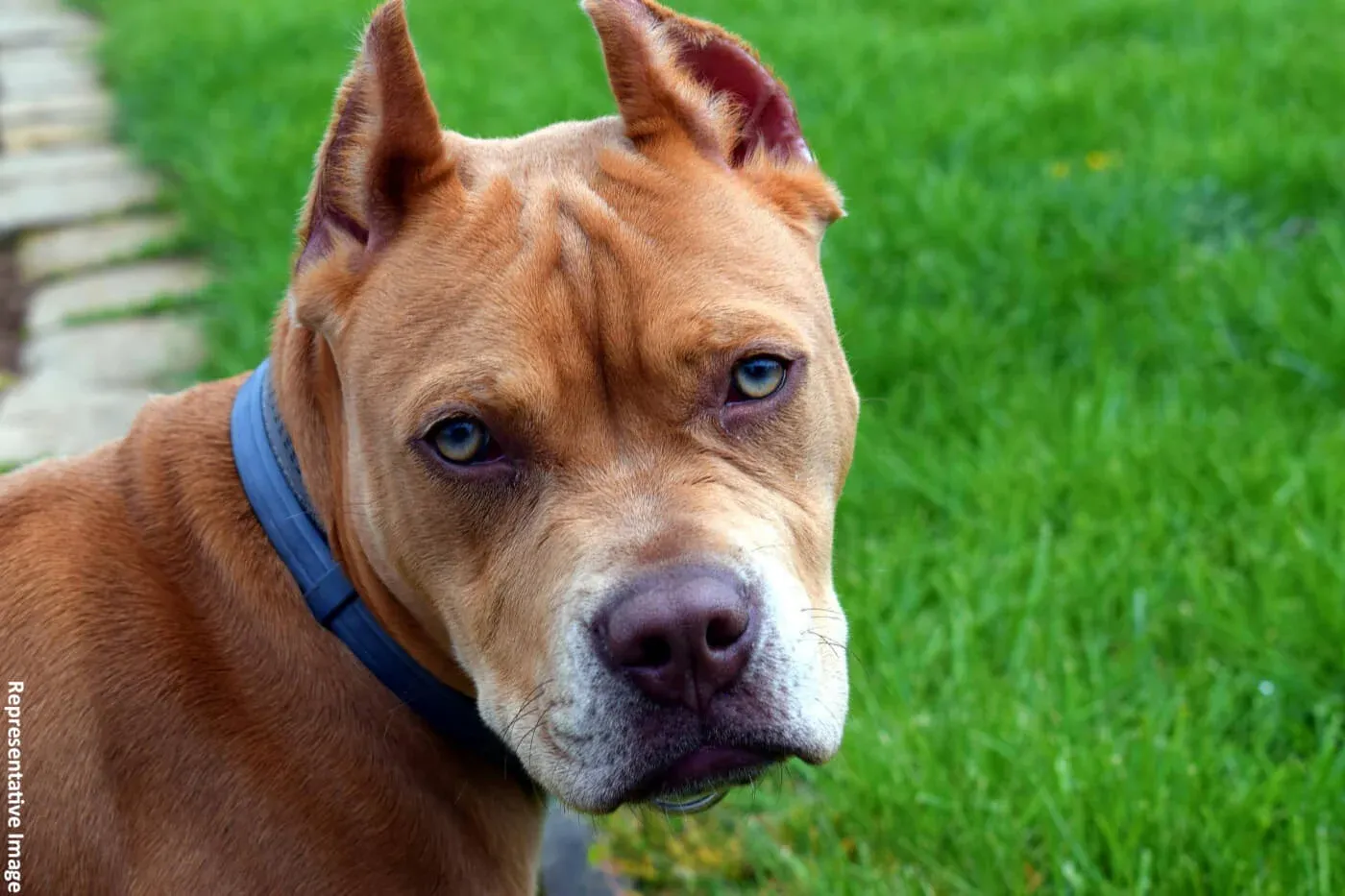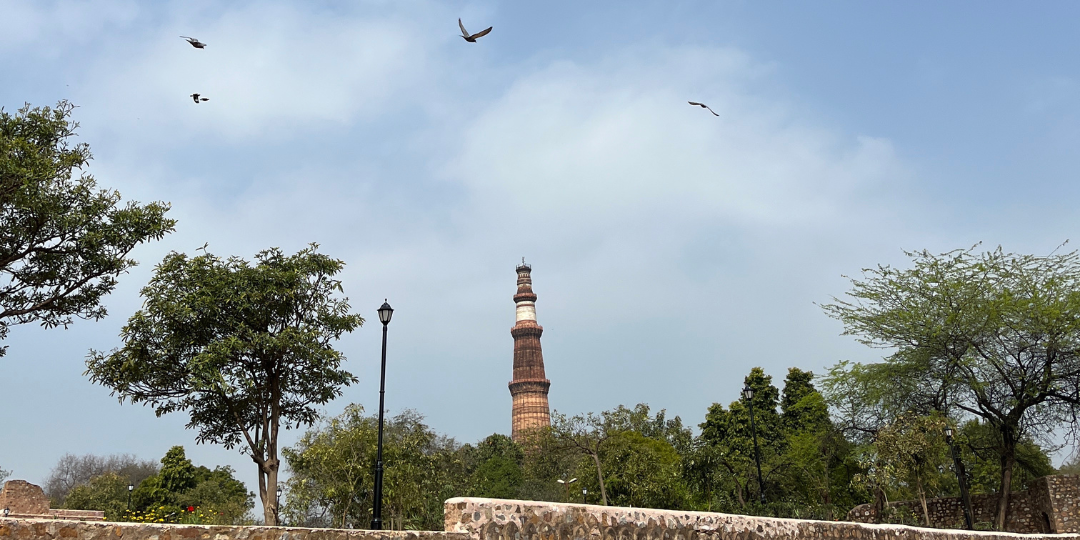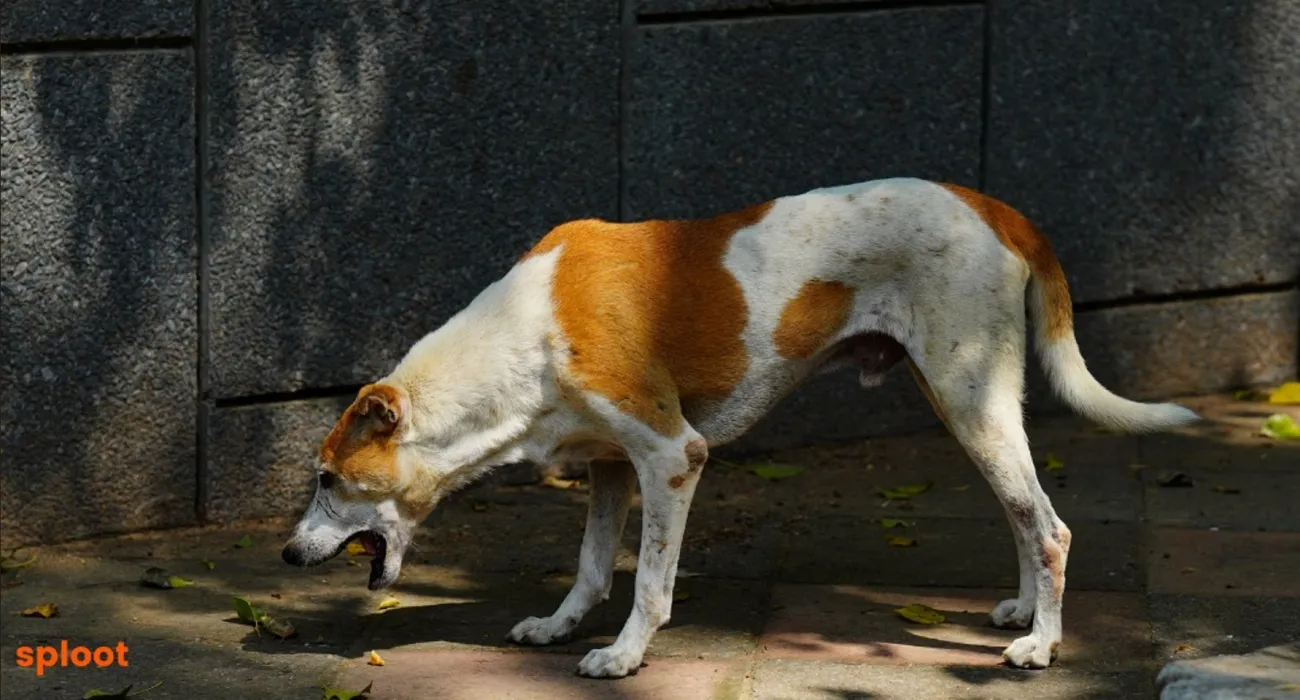The matter of dangerous dog breeds in India has become the center of increasing scrutiny, some constituting an express cause of alarm for public safety.
Although there is no formal ban on any dog breed in India, the central government has proposed that the state and municipal authorities impose bans on 23 dog breeds.
The main argument in favor of banning the implicated tiger breeds is for public safety after a series of unfortunate high-profile attacks. The enactment of breed-specific legislation (BSL) goes a long way in handling this concern, but it is equally important to consider all dog-breed bans in terms of the legal setting, as that is a direct driver of dog ownership-responsibility in India.
Which Dog Breeds are Banned in India?
While the 23 dog breeds are not banned in India, these are the breeds that the central government has recommended that state and municipal bodies impose bans on.
The Department of Animal Husbandry and Dairying has issued guidelines to refrain from licensing or breeding these breeds. This decision promotes responsible pet ownership in India.
1.Pitbull Terrier
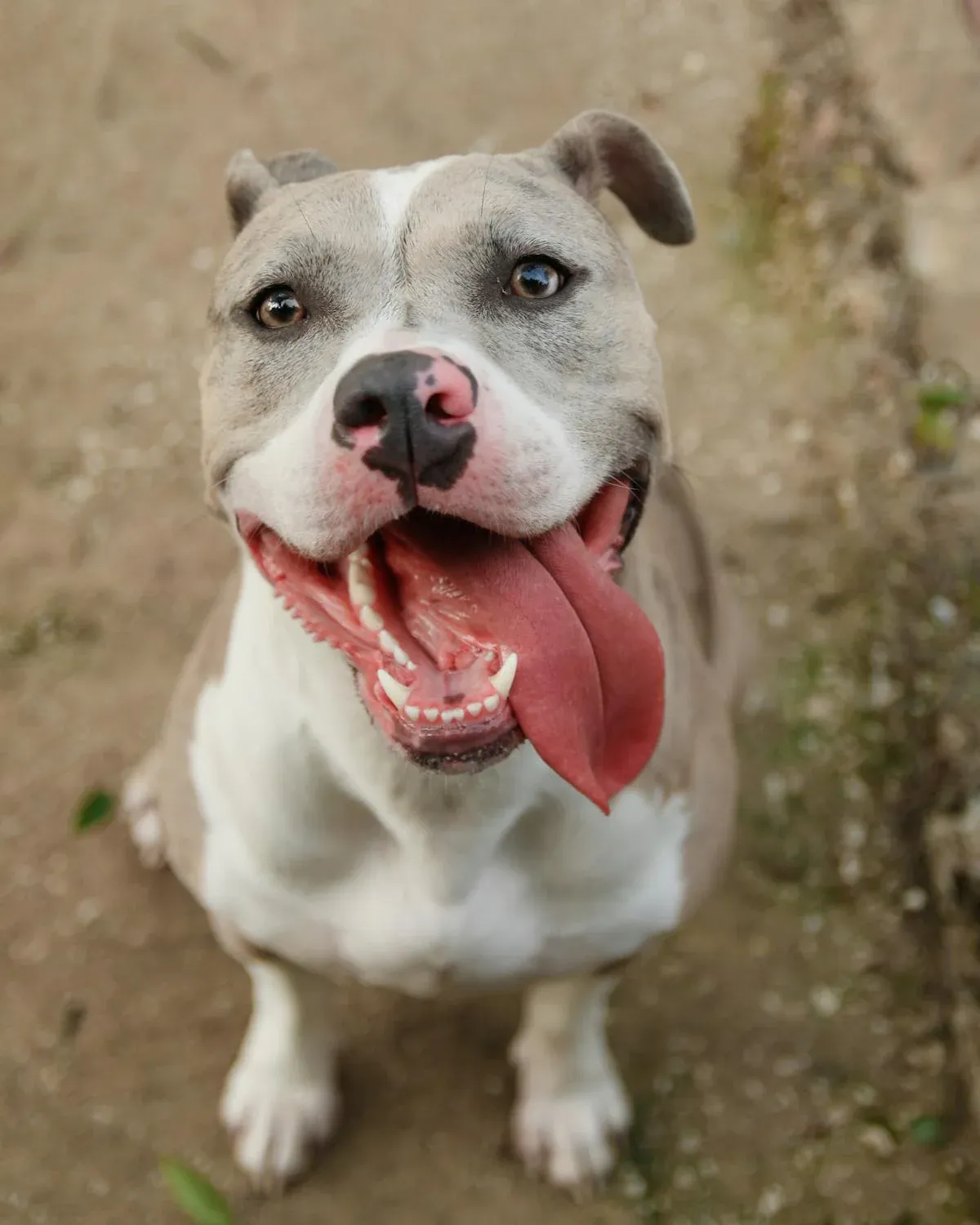
The Pitbull Terrier is a muscular, powerful dog of great strength, loyalty, and intelligence. Despite this breed's loving nature under proper training, it can become aggressive if not properly socialized.
- Dog Use/Type: Companion Dog
- Reason For Ban: Pitbulls have been implicated in cases of aggression and suspect attacks across several countries, including India. Deliberate and mistaken behavior combined with their strength and tenacity puts people at a greater risk of serious injury.
2. Tosa Inu
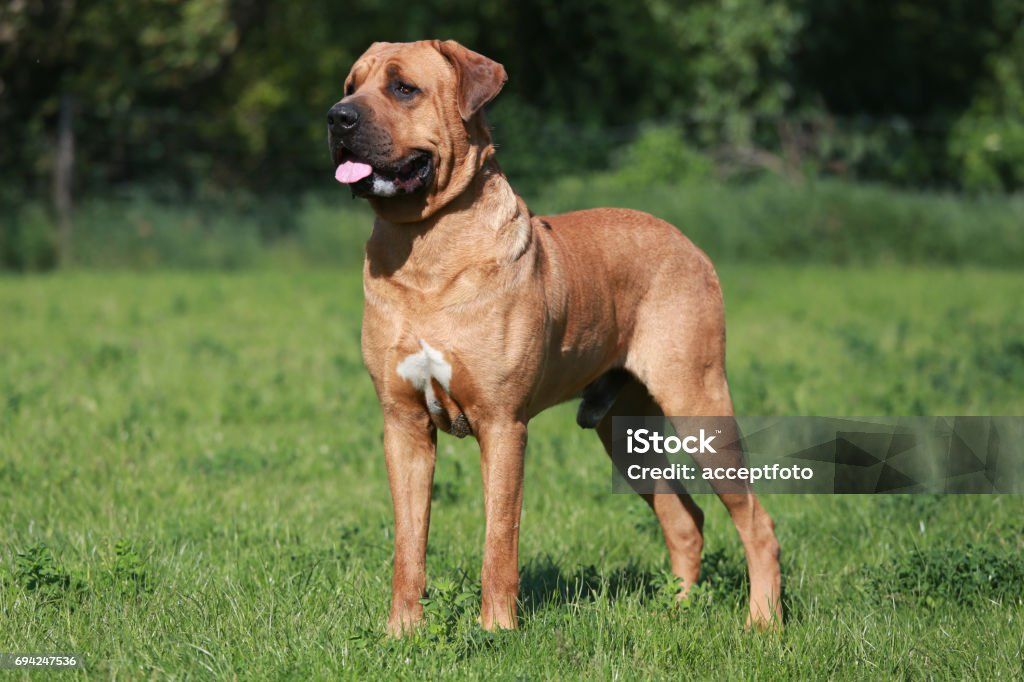
The Tosa Inu is a big and strong dog that had its origins in Japan as a dog-fighting breed. Known for its loyalty and calmness, the breed can serve as a good companion when trained and socialized correctly. Nevertheless, having previously been bred for fighting, the breed has a very strong prey drive and may show aggression if provoked or if raised without a sufficient amount of control.
- Dog Use/Type: Companion Dog, Guard Dog
- Reason For Ban: The Tosa Inu has been banned or restricted in several countries due to its history as a fighting dog and its potential for aggression. Its physical strength and protective nature can make it dangerous if not handled correctly. High-profile incidents involving attacks have led to calls for bans or restrictions in some regions to ensure public safety.
3. American Staffordshire Terrier
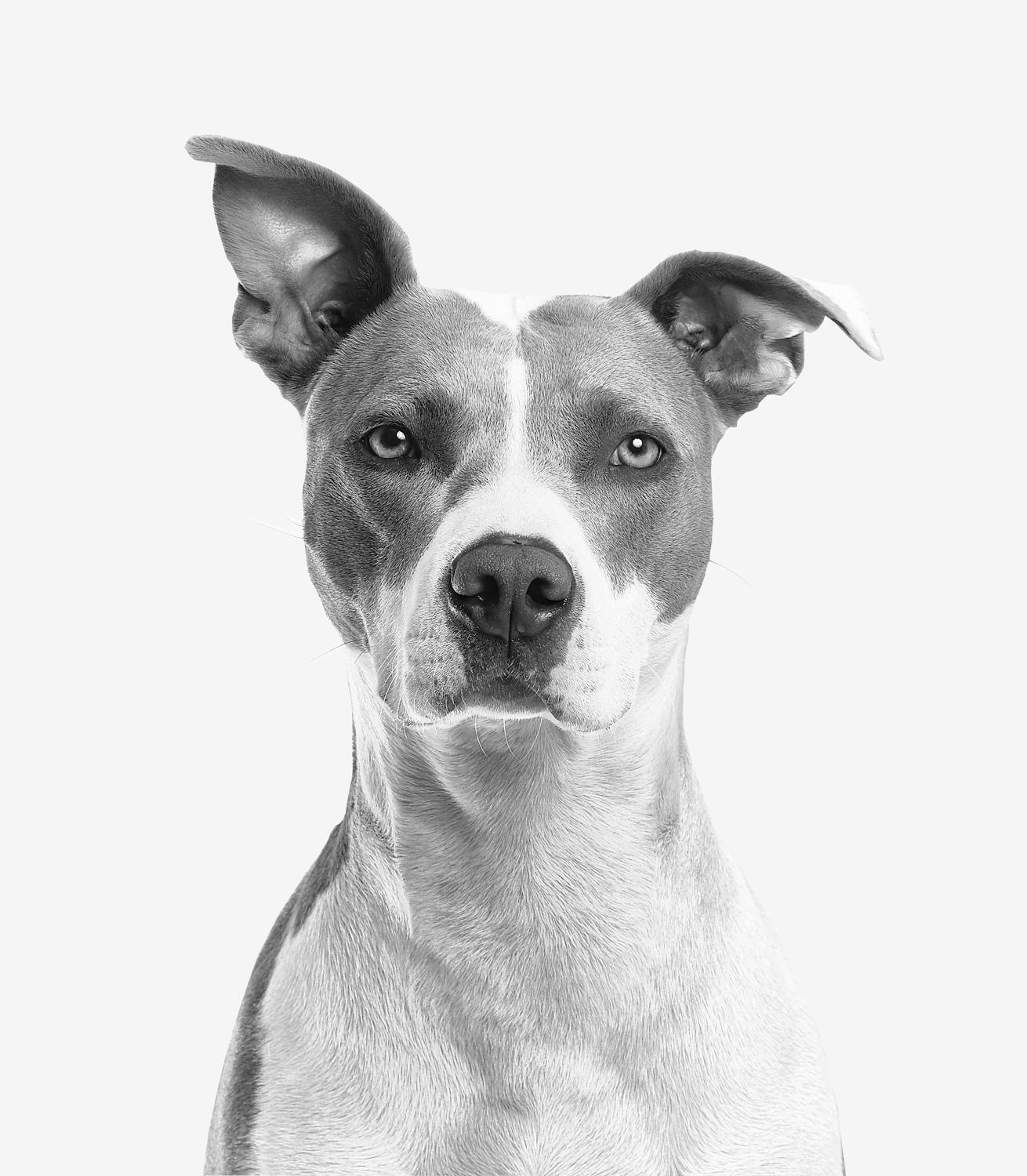
The American Staffordshire Terrier is a powerful, muscular dog that is famous for its loyalty, bravery, and intelligence. Often affectionate and playful to families, the breed tends to be aggressive against other animals if not well-socialized. They are typically very friendly with people, and their strength and protective instincts demand responsible ownership.
- Dog Use/Type: Companion Dog, Guard dog
- Reason For Ban: Some high-profile attacks have made links between this breed of the dog and aggressive behavior. If not trained and socialized properly, its strength and determination can lead to serious injurious consequences.
4. Fila Brasileiro
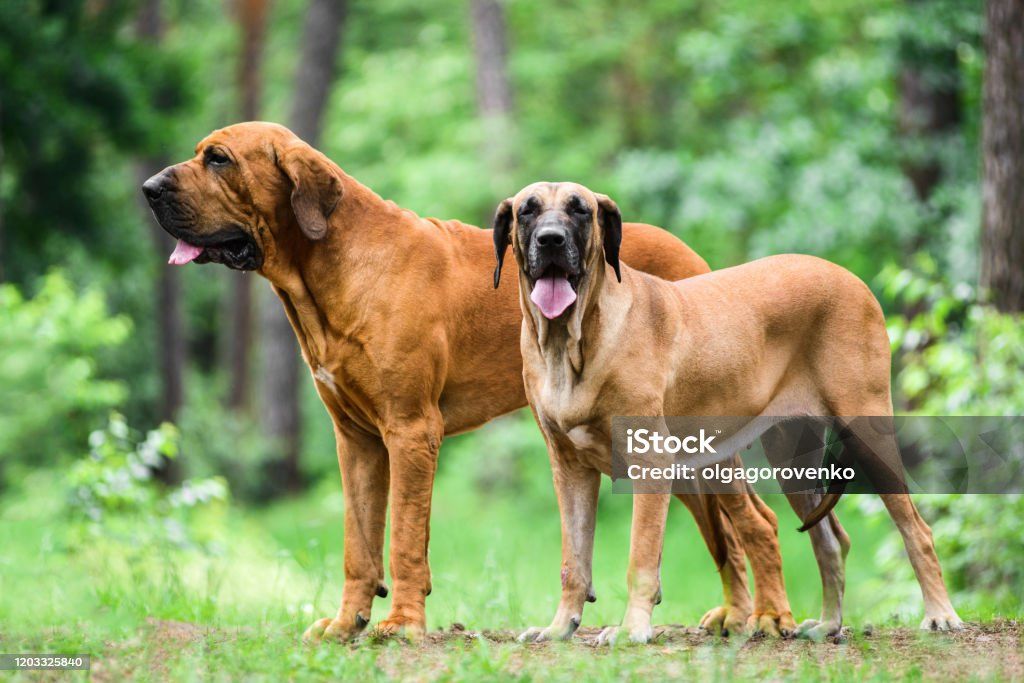
The Fila Brasileiro, known as the Brazilian Mastiff, is a large, powerful dog that is loyal and protective. Bred to guard livestock, the Fila Brasileiro is fiercely loyal to his family and can be aggressive toward strangers. It requires an experienced owner capable of providing socialization and control.
- Dog Use/Type: Guard Dog
- Reason For Ban: The breed may become dangerous should it not be properly trained or socialized, on account of its instinct to fight off or stand guard against strangers. Unfortunately, this dog has been declared dangerous in certain regions for its tendency to attack and its intense nature of protectiveness.
5. Dogo Argentino

The Dogo Argentino is a strong and athletic breed that was initially bred for big-game hunting in Argentina. Loyal and intelligent, it is friendly towards its master and family while, at times, aggressive towards other dogs. It needs firm training and early socialization to behave well in different situations.
- Dog Use/Type: Hunting Dog, Guard Dog
- Reason For Ban: The power and guarding nature of this breed along with aggressive behavior toward other animals, led to its attacks. Based on such concerns and its intimidating looks, it has been called for restrictions and bans.
6. American Bulldog

American Bulldogs are massive and sturdily built, well-known for their loyalty, intelligence, and nature of protection. They are friendly and affectionate towards family members and demand socializing and training. Otherwise, if not correctly managed, they can get aggressive with other animals.
- Dog Use/Type: Companion Dog, Guard Dog
- Reason For Ban: The American Bulldog has been associated with aggression and becomes particularly aggressive in various other domestic settings. Inadequate training methods or lack of socializing with other pets can lead to the breed's fears and a considerable threat to public safety.
7. Boerboel

The Boerboel is a giant dog that is known for its protective and loyal nature. Originally bred in South Africa for livestock guarding duties, it is quite territorial and can be aggressive toward strangers.
- Dog Use/Type: Guard dog, Livestock guardian
- Reason For Ban: With proper training and socialization, the Boerboel can be a good companion, but due to its temperament, it is necessary to find an experienced owner to handle it and therefore present it adequately.
8. Kangal
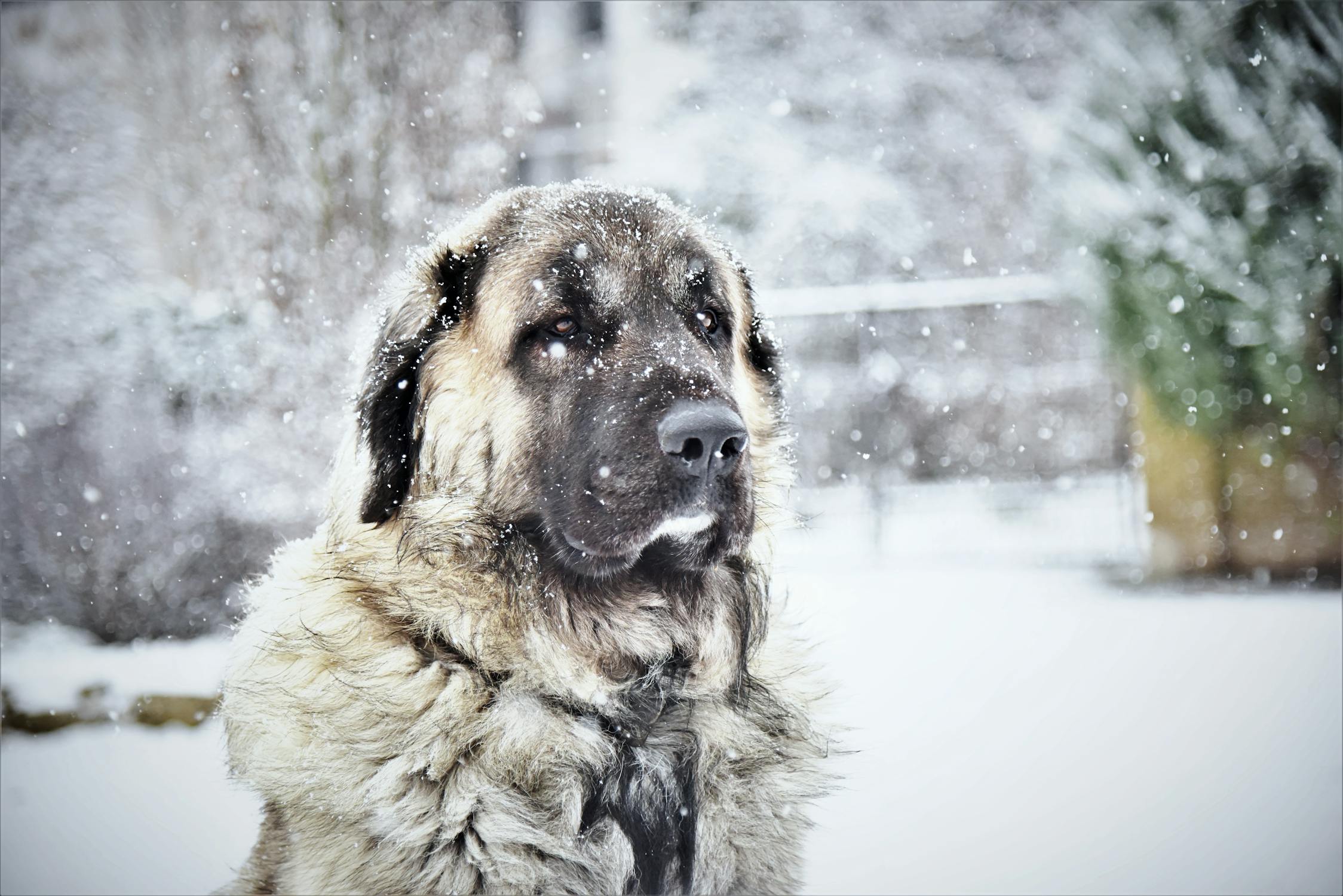
The Kangal breed is an enormous breed from Turkey, initially bred to protect livestock from wolves and bears. These dogs are primarily courageous, loyal, and strong guardians. Gentle and affectionate toward the family, Kangal can be aggressive toward unfamiliar people or animals. Early socialization and strict training will be needed.
- Dog Use/Type: Livestock guardian
- Reason For Ban: While the Kangal has strong instincts for protection and aggressive behavior toward strangers, which, if not managed properly, could be potentially dangerous, the public has voiced concerns over the breed's protective tendencies.
9. Central Asian Shepherd Dog
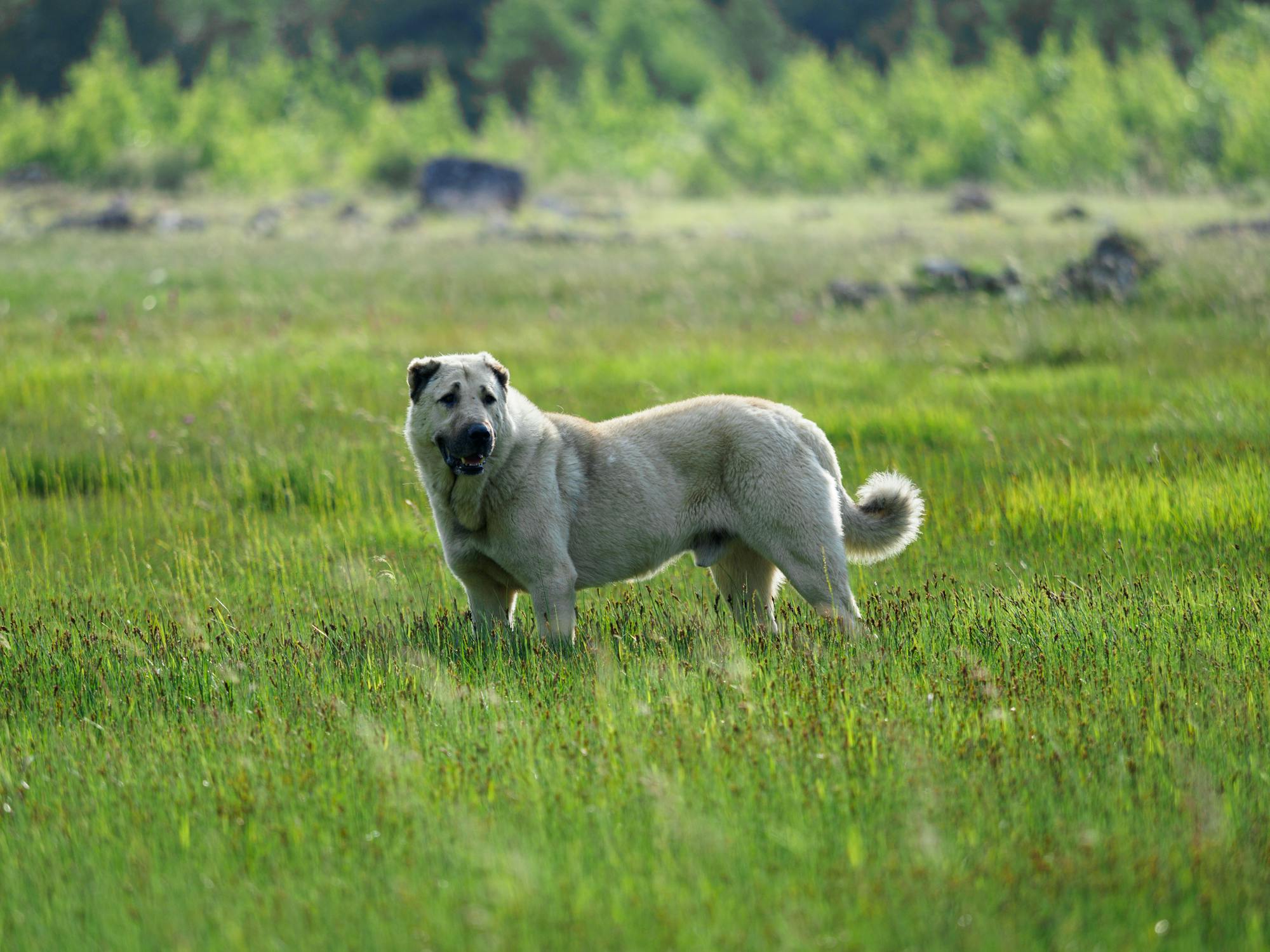
The Central Asian Shepherd Dog is among the large breed types with a considerable amount of musculature, bred as a guardian for the livestock from predators in a rough environment. The dog is powerfully independent and loyal, with strong guarding instincts; whilst the family example is usually calm and affectionate, in the absence of basic training, it stands to be aggressive towards strangers and other animals.
- Dog Use/Type: Livestock guardian
- Reason For Ban: In particular, the breed's strength, territorial nature, and guarding instincts become problematic if they are not socialized or controlled. Public apprehension about attacks owing to its strong protective tendencies is on the up.
10. Caucasian Shepherd Dog

The Caucasian Shepherd is a large and powerful breed from this part of the Caucasus region, famous for its loyalty and guarding ability. Originally bred to protect livestock, they are hugely inclined to protect their families, but they can also exhibit aggression toward strangers. The key to managing its behavior involves early socialization and firm leadership.
- Dog Use/Type: Livestock guardian
- Reason For Ban: This breed, by nature, is territorial and aggressive, particularly toward strangers and other animals, which can be even dangerous if not restrained properly.
11. South Russian Shepherd Dog

The South Russian Shepherd is a large and self-willed breed that originated for primitive purposes of protecting livestock from predators. Loyal and protective, it exhibits some suspicion of strangers and assertiveness when in a guardian role.
- Dog Use/Type: Livestock guardian, Guard dog
- Reason For Ban: This breed’s strong instinct to guard and the potential for aggression could be posed as a threat to unwary socialization and training.
12. Tornjak

The Tornjak, a large and strong Croatian breed, was originally used as a breeding guardian. This breed is known for being protective and loyal; attached and loving as a companion towards its family but aggressive or aggressive towards other animals or unfamiliar humans. Early socialization and proper leadership training are important for this breed.
- Dog Use/Type: Livestock guardian
- Reason For Ban: Due to its protective nature, the Tornjak can become territorial and aggressive when not properly socialized.
13. Akita
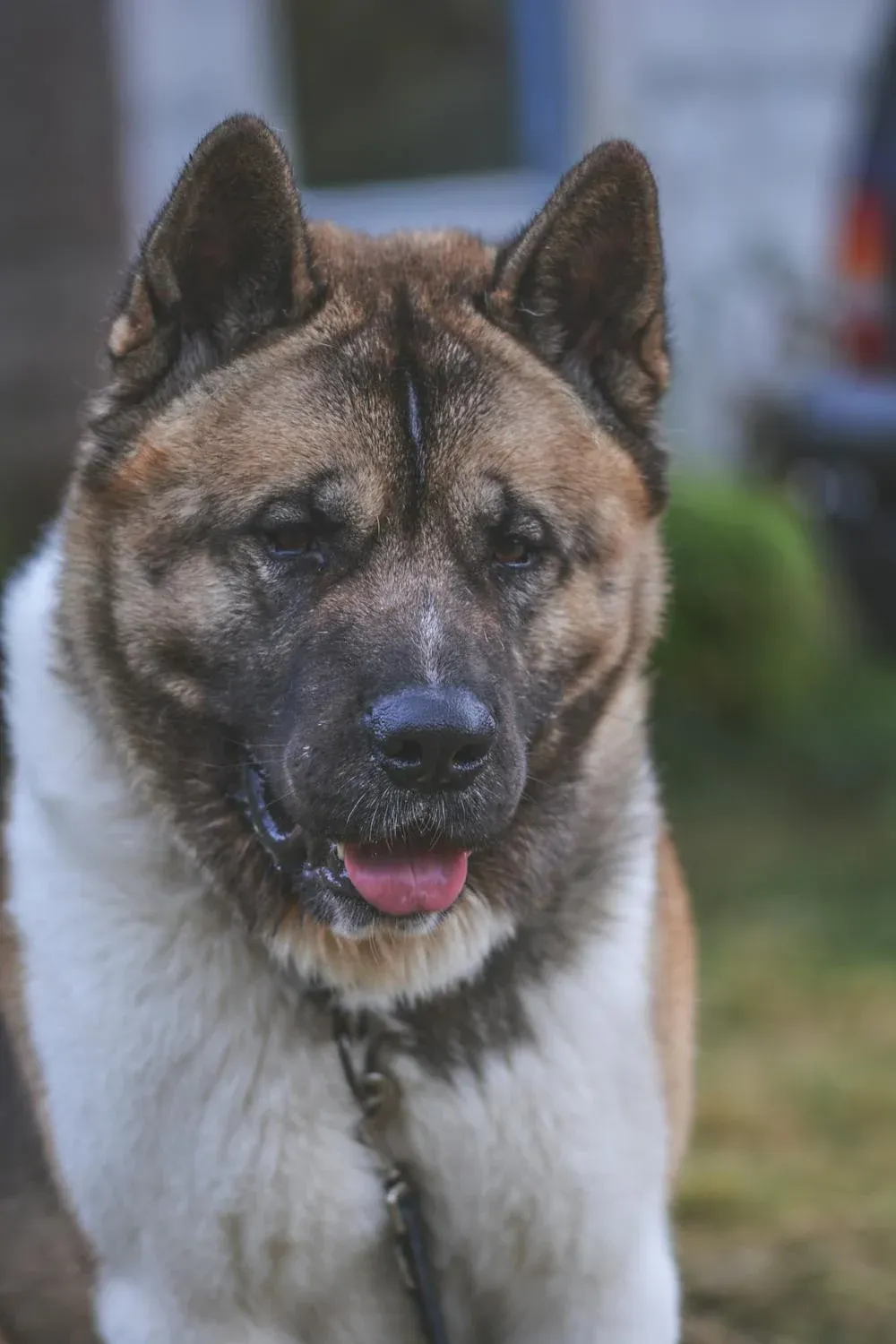
The Akita is large and powerful but with a loyal, courageous, and independent character. It is flexible enough to remain an affectionate family server but can be quite introverted or aggressive towards strange persons or dogs.
- Dog Use/Type: Companion Dog
- Reason For Ban: The natural guarding trait and territorial nature of the Akita combined may lead it to be aggressive if not properly socialized.
14. Mastiffs

Mastiffs are a sociable breed especially with their family. Naturally, they are loyal and loving pets. Once acquainted, Mastiffs are very calm and patient with their human families. However, with those unknown to the mastiff, it can become aggressive.
- Dog Use/Type: Guard Dog
- Reason For Ban: Through sheer power and brute strength, a mastiff may seriously harm a child or intruder; thus, mastiffs should be trained and socialized, particularly because their behavior toward strangers can be dangerous aggressiveness. Worried about high-profile attacks and die-hard safety concerns, some neighborhoods have restricted or banned the breed.
15. Rottweiler
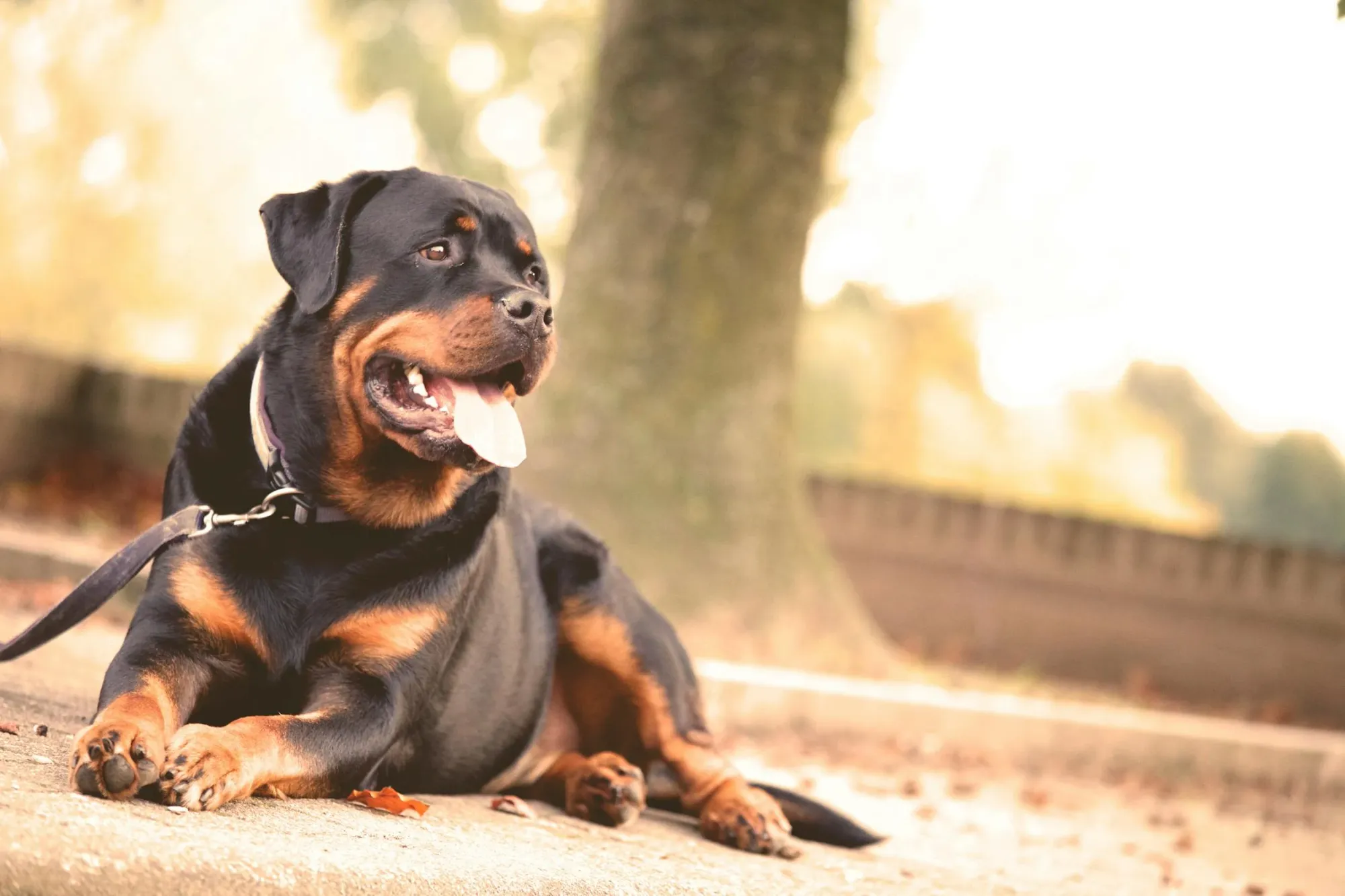
Rottweilers are known for their strength and loyalty. Originally bred for herding and guarding, Rottweilers are highly protective of their families. Without proper training, the dogs will be aggressive towards anybody unfamiliar or an animal stranger.
- Dog Use/Type: Guard Dog
- Reason For Ban: Without proper training, the dogs will be aggressive towards anybody unfamiliar or an animal stranger. Many a times the breed has made headlines for high-profile attacks due to their strength and protective instincts.
16. Terriers
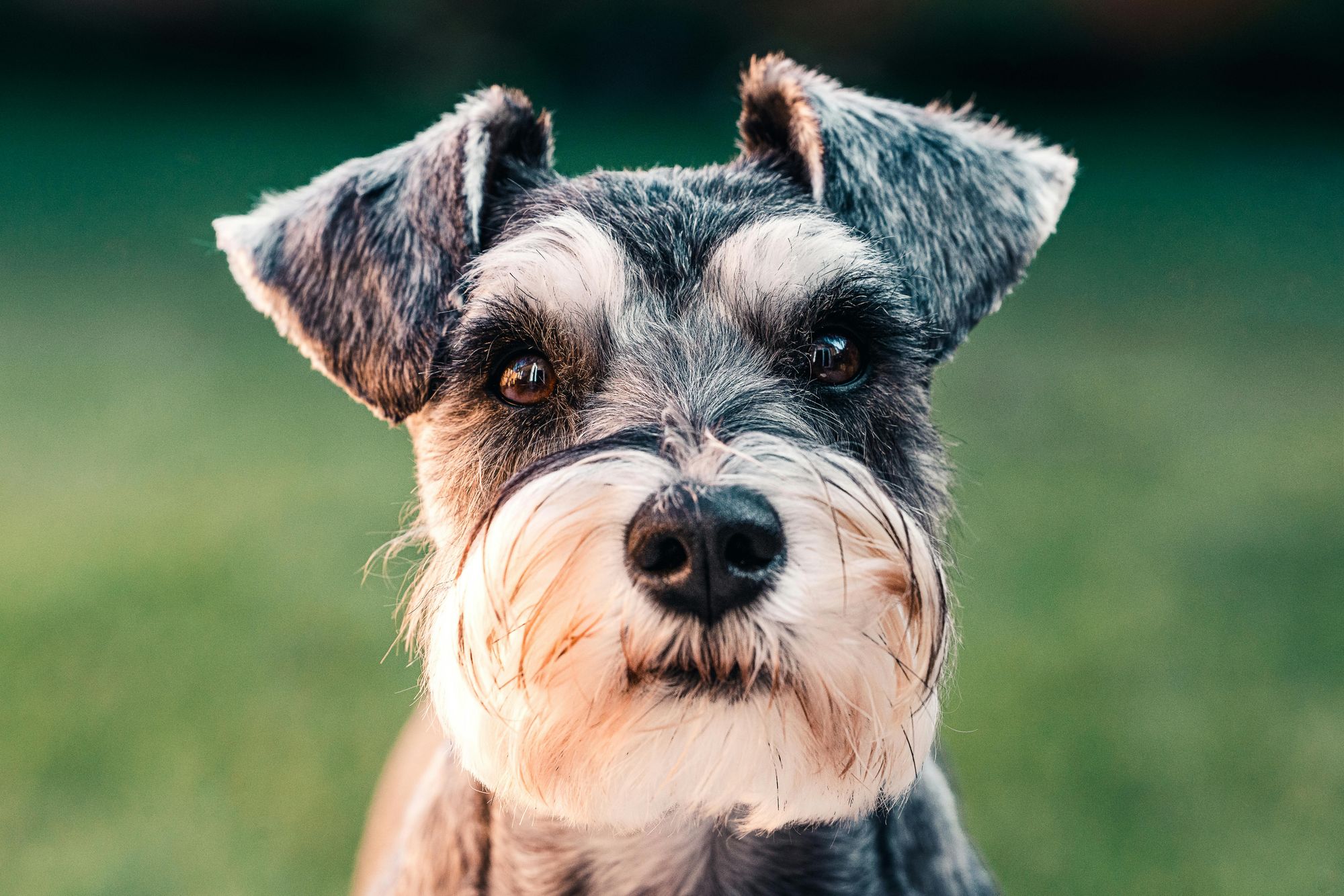
Terriers are a group of small to medium-sized dogs known for their feisty, energetic, and courageous nature. Mostly, they are friendly with their families but can be aggressive with other animals due to strong prey drive and territorial instincts.
- Dog Use/Type: Companion Dog, Hunting Dog
- Reason For Ban: Some terriers may lean into aggression if not properly trained, simply because of their very strong prey drive and territorial behavior. Their strong-willed nature may lead to aggression incidents.
17. Rhodesian Ridgeback
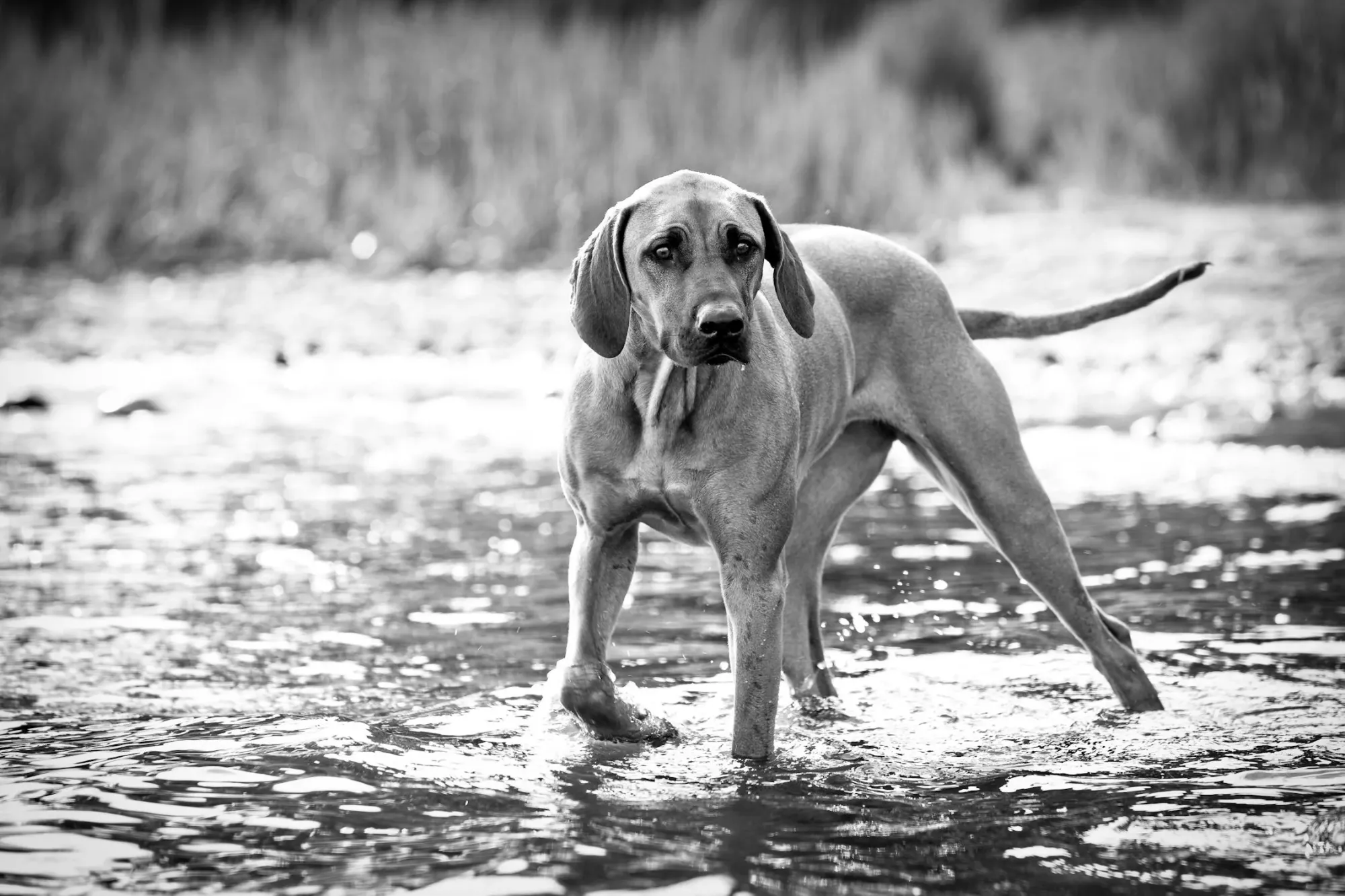
Strong and athletic, the Rhodesian Ridgeback is a breed that was originally bred to hunt large game across Africa. Aloofness or aggression are familiar traits with which it can mostly be associated with strangers, although this breed is also known to be independent, loyal, and protective.
- Dog Use/Type: Hunting Dog
- Reason For Ban: The Rhodesian Ridgeback's instincts for guarding, when combined with its strength and territorial behavior, can be dangerous when the dog is not appropriately socialized. Its historical association as hunting dogs, as well as incidences of aggression, have fueled demands for restrictions.
18. Wolf Dogs
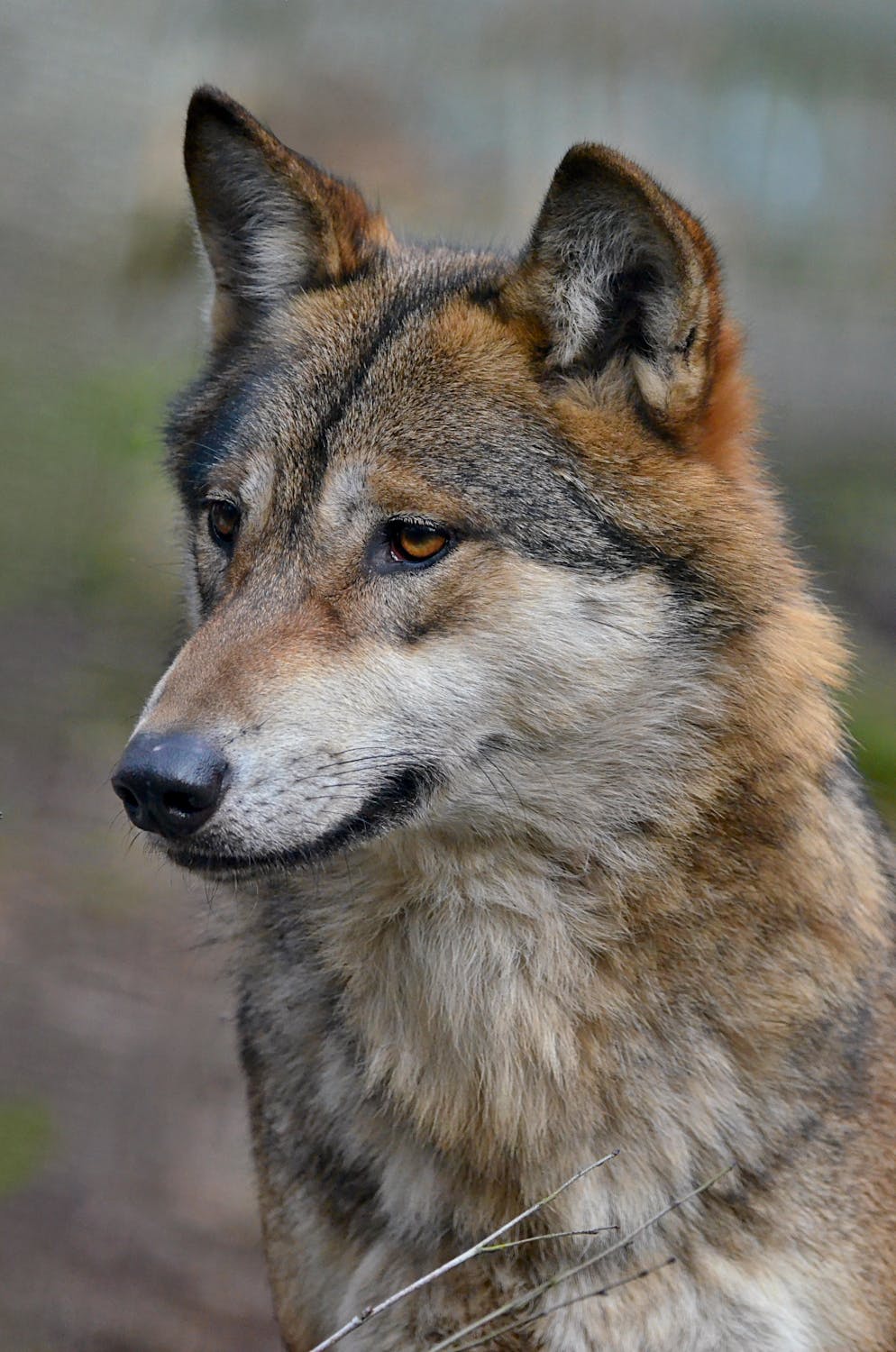
Wolfdogs are hybrids of domestic dog breeds and wolves which combine the characteristics of both species. Strong, independent, and highly intelligent, these are all factors that make them very difficult to train because of the instincts they carry from their wild ancestors. Most wolfdogs have a high prey drive and are aggressive with strangers and animals alike.
- Reason For Ban: Due to their hybrid wild ancestry and erratic ways, wolfdogs could be potentially lethal without proper training and socializing. Strength, independence, and territorial behavior have merited prohibitions and restrictions on the species.
19. Canario
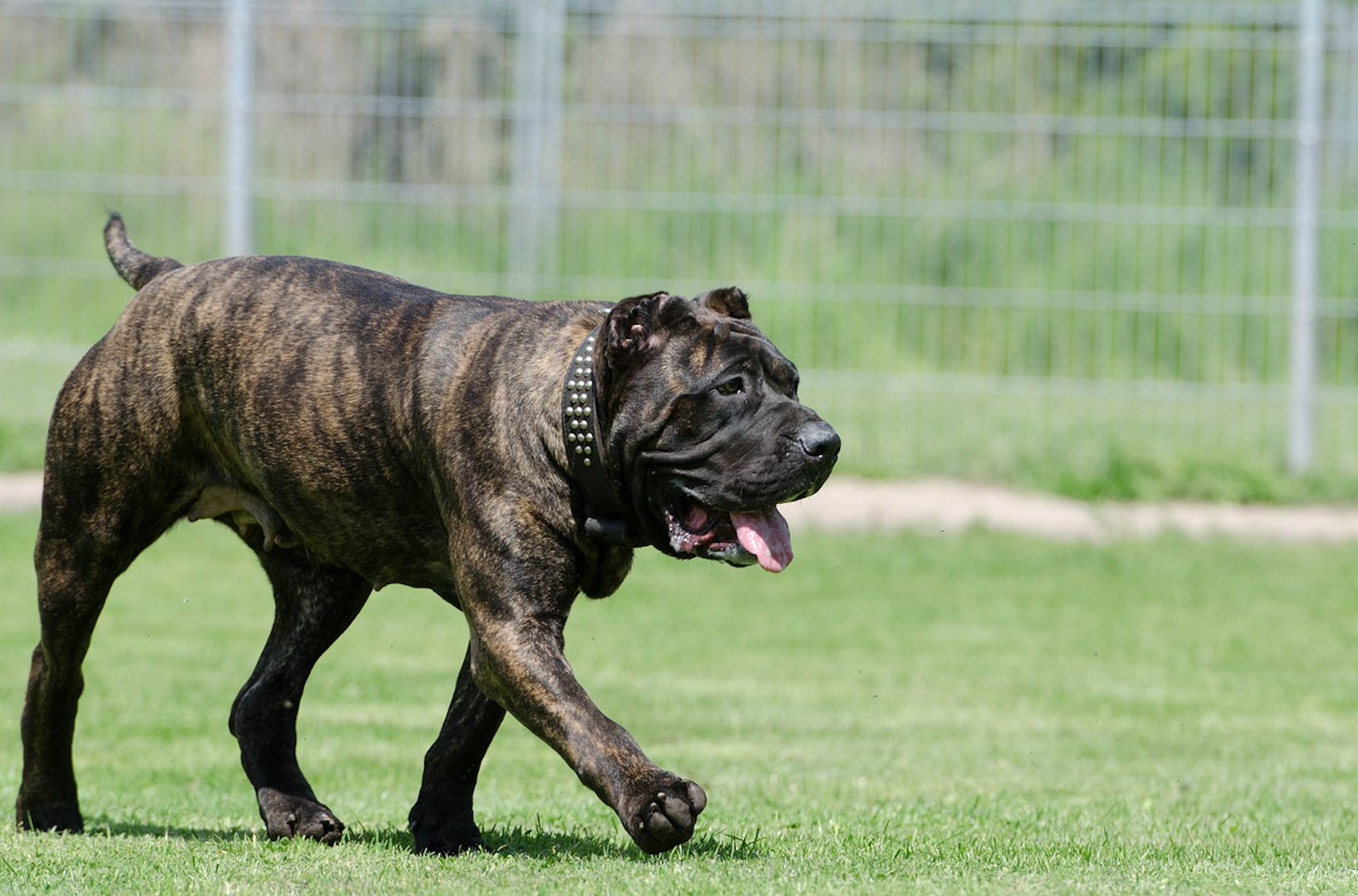
The Canary Mastiff or Canario is not just a mighty breed, but it is also protective. Hailing from the Canary Islands, this breed is quite attached to its family and owner. The Canario does have its own guardian instincts, which makes it ready to be aggressive toward strangers or other animals.
- Dog Use/Type: Guard Dogs
- Reason For Ban: The aggression of the Canario will keep it on high alert when it senses strangers. Territory, as well as its protective instincts, would make the Canario aggressive, possibly also dangerous if not managed well. Concerns related to public safety are associated with its size and strength.
20. Akbash
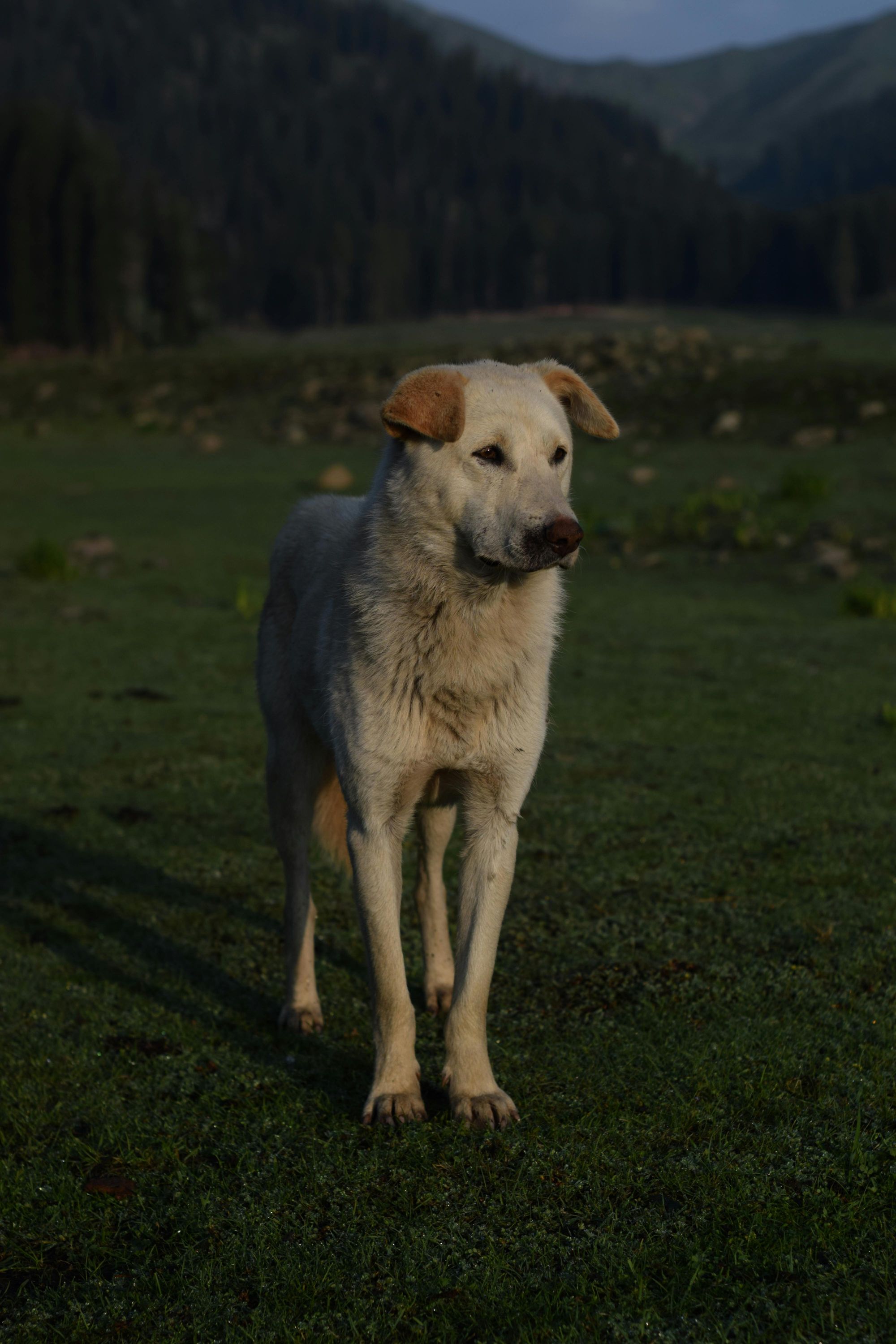
- The Akbash is a large breed dog that originates from Turkey and is mainly white in color. The Akbash is calm and loyal; it defends and protects the family and the livestock.
- Dog Use/Type: Livestock guardian
- Reason For Ban: The protective instincts and territorial behavior can make it an aggressive dog if not trained and socialized properly.
21. Moscow Guard

The big, robust breed that has been developed for protection and guarding is known as the Moscow guard dog. The animal is famous for its loyalty and courage and shows propensity to be aggressive toward strangers and other animals.
- Dog Use/Type: Guard Dog
- Reason For Ban: The Moscow guard dog tends to be aggressive due to its massive strength, size, and instinct to prevent attacks. Such incidents have drawn much public and media attention, increasing anxiety about safety.
22. Cane Corso
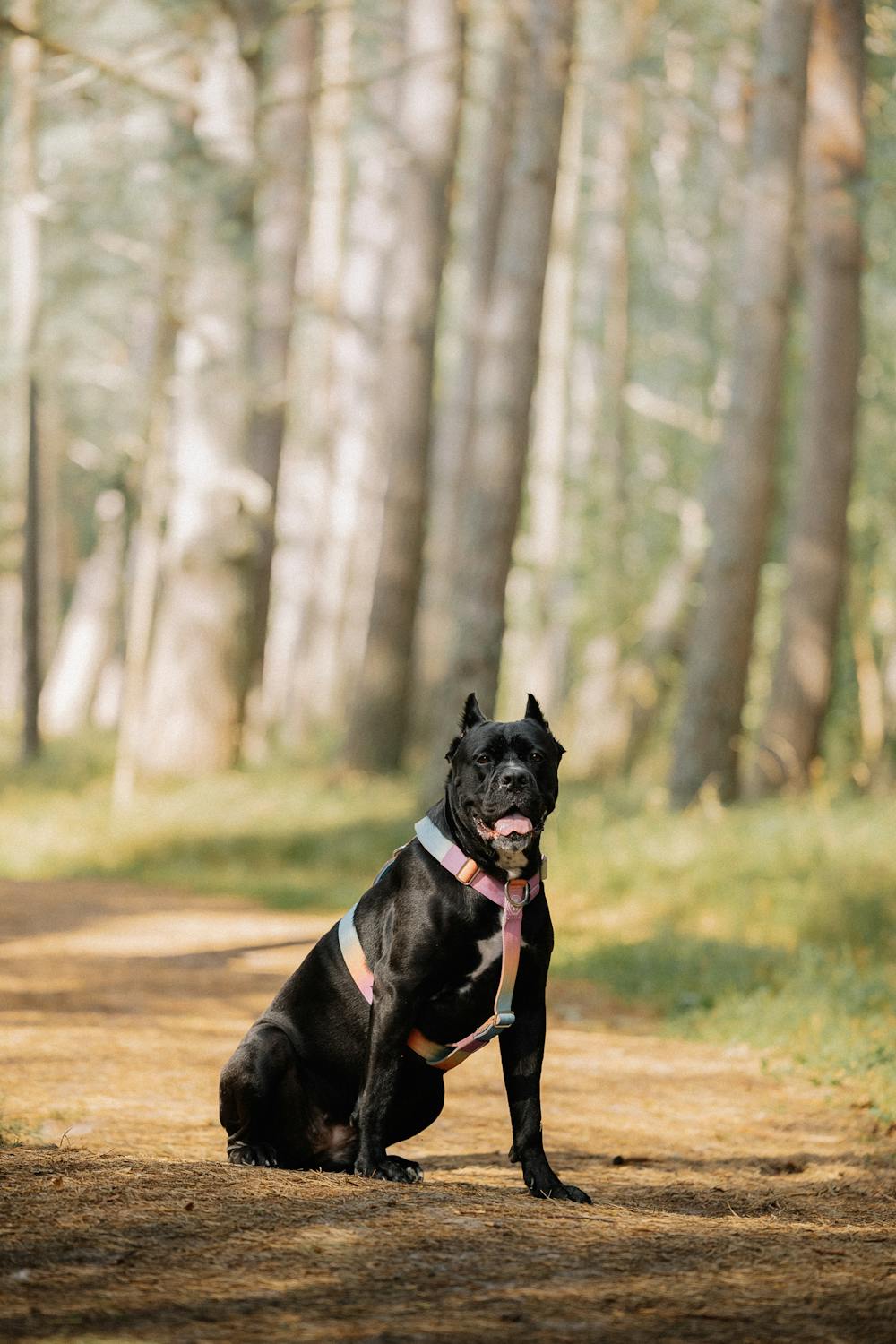
The Cane Corso, an Italian mastiff of great strength and high intelligence, is endowed with great protective instincts. This breed can snuggle up with those it considers family and turn aggressive towards strangers and towards its own kind. This breed is not recommended to first time pet parents.
- Dog Use/Type: Guard Dog
- Reason For Ban: Cane Corso dogs are large, powerful animals that sometimes show aggressiveness to strangers, which makes them likely to attack other animals or people, and occasionally even cause human fatalities as they are quite popular.
23. Bandog
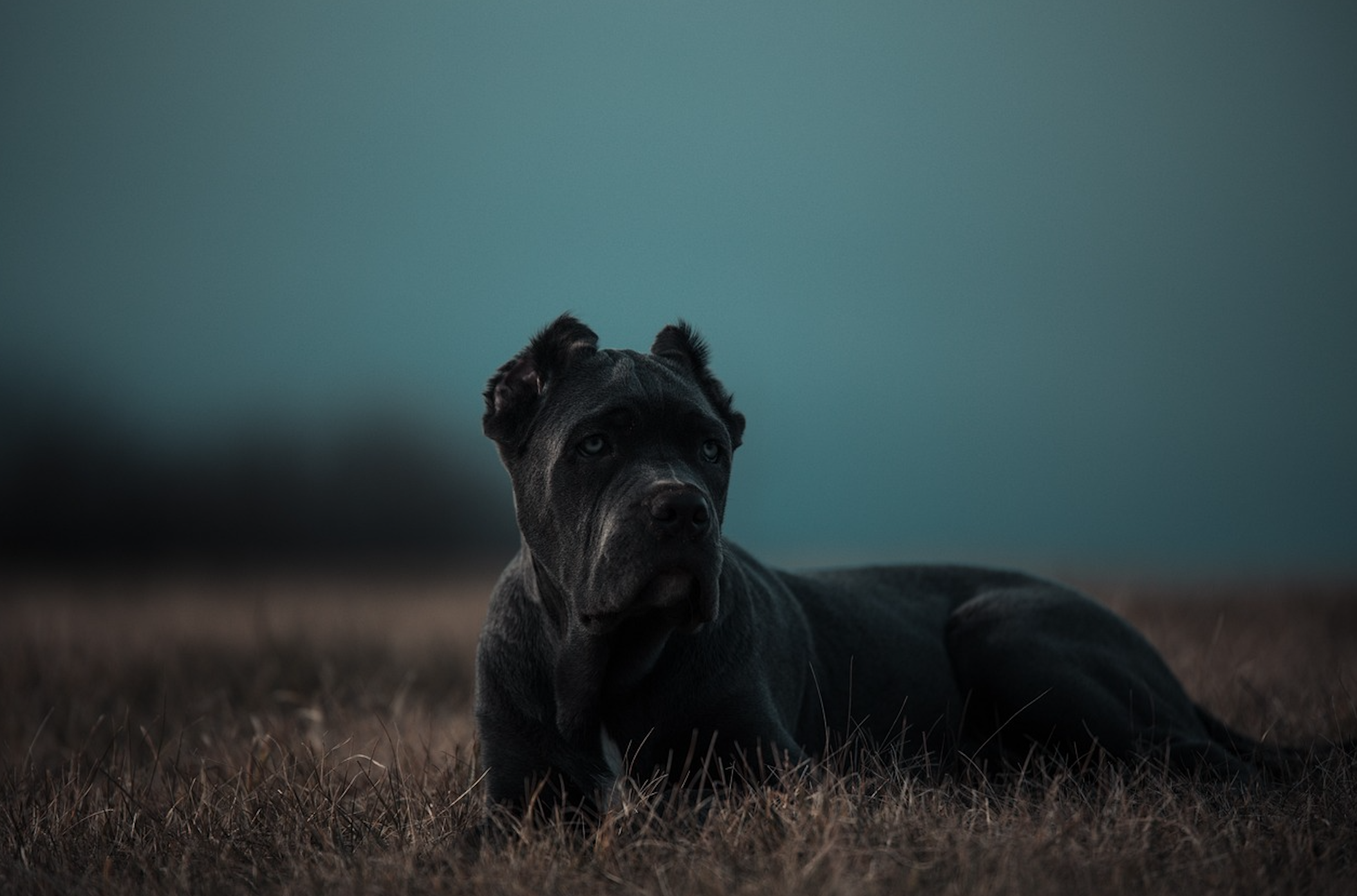
The Bandog is a very strong muscular breed; it was created from crossbreeding between mastiffs and terriers or other work dogs. It has great loyalty, courage, and a protective nature, while it can be aggressive towards strangers or intruders.
- Dog Use/Type: Guard Dog
- Reason For Ban: Due to its protective and possible aggressive character, the breed will pose a threat unless properly trained. Contributes to fears of safety due to its physical size, strength, and guarding behavior nature.
Understanding the Dog Breed Ban in India
In reply to the loud call of the growing population of dog attacks and public safety noise, the Ministry of Fisheries, Animal Husbandry, and Dairying issued an advisory to Chief Secretaries of all States and Union Territories. This was initiated by an appeal from the Delhi High Court, which directed action towards the increasing trend of attacks by certain aggressive breeds of dogs. The advisory would recommend local governments to take necessary action to regulate or ban on import and possession of some breeds, which is aggressive.
The basis is really on a threat by the breeds so designated to public safety, particularly on the sizes, strengths, and aggressiveness of these breeds. Breeds that are identifiable with such threats are Pitbull, Rottweiler, and Doberman Pincher. Here are some dogs of muscular structure and possess instinct to protect themselves or their owners from possible harm. However, they would pose danger to the owner and to other people if not properly socialized or trained. Such high-profile attacks in public spaces are explained as the outcome of aggressive behavior shown by these dogs when around unknown and other animals.
Thus, the growing statistics regarding dog bites and attacks in the country have contributed to the threat. The National Animal Welfare Board stated that more than 17,000 cases of dog bites were registered in the entire year of 2020. The lion's share of these has involved the so-called dangerous breeds. While figures may be breed specific, the general thrust of the correlation between a certain breed and public safety concerns is evident enough that they prompted the advisory towards stricter provisions in keeping such breeds.
Impact of the Dog Breed Ban on Existing Dog Parents
As dog parents, they should know and consider the legal obligations and requirements to comply. Legally, the key measure pet parents have to take is to understand local laws, as the ban maybe different across the states or even the Union Territories. In many cases, rehoming pets could be the most immediate solution to avoid legal trouble. Parents must collaborate with welfare organizations or local animal shelters to facilitate the process of finding a suitable new home for pets. Certain permits or rules of containment may be required in some areas to keep one's banned dogs.
The pet parents must be trained well, socialize with the pets, and put the pet within safe limits to be able to develop responsible pet ownership as much as aggression prevention. This is crucial to ensure that even where banned or non-breed dogs are concerned, it would be safe to be around them and they would contribute nothing to public safety concerns in any manner. Training would help prevent aggression as well as anxiety which would also be directed through proper containment application of narrow fences that would ensure that the dogs do not pose a threat to others.
Responsible pet ownership basically means taking all the proactive measures that ensure that whatever the breed, banned or not, a dog grows up well-mannered, integrated socially, and contained safely so that he enjoys a big benefit along with the community.
Debunking the Myths around the Dog Breed Ban
Many people believe there is a notion that all banned dogs are dangerous, but that notion needs to be put to rest. Some examples of such breeds are Pitbulls, Rottweilers, and Dobermans, which have been linked to aggressiveness; however, it should be noted that much of the behavior of that dog is attributed to how it has been raised, conditioned, and trained rather than just its genetics.
Most banned breeds are naturally protective and tend to be aggressive seeing any sign of threat, but that does not make them inherently dangerous. Any dog, for that matter, can be a loving companion if it has been socialized and trained properly. It is rather aggression that stems from the poor upbringing, lack of socialization, or irresponsible ownership than from the breed itself. Rather the actions of an owner can largely influence a breed's temperament as well as the environment in which the dog is raised.
There can be many such breeds found on the banned list that are very safe and behave well if raised in a responsible manner. For instance, if Rottweilers and Amstaffs are socialized early and taught through a positive way of reinforcement, these dogs might very well turn out gentle, loyal, and perfect family pets. Children's studies show that dogs raised in a loving, controlled atmosphere tend to display better behavior and show less aggression.
The most important thing people must know here is that breed alone does not determine whether a dog is dangerous. It is a tale that only the owner believes as it explains its importance in the type of training, socialization, and care it receives to be sure that the dog is a safe and adjusted member of the community.
What is the Current Status of the Dog Breed Ban in India?
In India, the ban on dog breeds is not a nationwide legal prohibition but merely an advisory issued by the Ministry of Fisheries, Animal Husbandry, and Dairying. The advisory advocates state and municipal authorities towards taking measures to regulate or ban specific breeds such as Pitbulls and Rottweilers because of public safety and aggression issues. However, it is up to the states and Union Territories whether they implement any of the recommendations that lead them to the different degrees of regional enforcement.
For example, Goa or Maharashtra tightly enforces breed bans where local authorities strongly regulate or ban specific dog breeds. On the other hand, some may either be lax or completely devoid of authority. Such discrepancies result in the disparate treatment of owners of dogs across the country.
Public awareness about the ban is limited. Some dog owners might be knowledgeable but many may only have a slight idea about the advisory implications or their region's specifics. Also, they have difficulties in enforcement, for example, wrongly identifying banned breeds and legal grey areas about mistaking some dogs as banned breeds. This makes it complicated to enforce that compliance and awareness among the public.
Recommendations for Responsible Dog Ownership
Responsible dog ownership ensures the welfare of dogs and the community. It guarantees a good relationship with your dog and safety through training as well as safety and socialization measures.
Teaching your dog from an early age through positive reinforcement can avoid developing bad habits and strengthen the bond with your pet. It thus encourages exposure to other places, people, and animals from a young age, since this exposure reduces aggression and anxiety and promotes a well-adjusted friendly type.
Local ordinances should be available to dog parents to learn about their specific breed laws and be able to take necessary actions that abide by them. Guidelines for dog owners may also specify helping organize training or costs of rehoming banned breeds. They choose a dog breed according to behavior, size, and training requirements in a particular family. Calm and adaptable breeds such as Labradors or Golden Retrievers are great companions for families.
The most important thing is that the breed should suit your lifestyle, ensuring a safe and harmonious environment for the dog and its community.
A Final Word
Understanding dog behavior, safety, and the legal responsibilities involved in dog ownership is a prerequisite in responsible dog ownership. An understanding of your pet's temperament and training needs helps you keep both your property safe and your pet healthy. Making an informed choice regarding breed well before selection is necessary to keep your and your pet's world safe and positive.
sploot invites you to join our AMA sessions, Pup Talks and events, where we provide expert advice. Catch us on Instagram for all the wellness tips, and let's get started with the responsible owners together!
FAQs on Dog Breeds Banned in India
What are some of the important dog breeds banned in India?
- While there are no specific dog breeds that are banned in India, some are banned in certain States. Pitbulls, Rottweilers, and Doberman Pinschers are some breeds that are restricted in some regions.
Is there a dog breed banned in India but allowed abroad?
- Yes, breeds like the Pitbull and Cane Corso are banned in India but allowed in several other countries, including the U.S. and the UK.
Among the dog breeds banned in India, are all considered dangerous?
- Not all banned breeds in India are inherently dangerous. While some have aggressive tendencies, behavior is highly influenced by training, socialization, and the owner's responsibility.
Is there a penalty for owning a dog breed banned in India?
- Yes, owning a banned dog breed in India can result in penalties, including fines and possible confiscation of the dog, depending on local laws.
Does the dog breed ban extend to prohibiting the import of dogs from the list of 23 dog breeds banned in India?
- Yes, the ban extends to prohibiting the import of dogs from the list of banned breeds. Authorities restrict the entry of such breeds to prevent potential safety issues.


